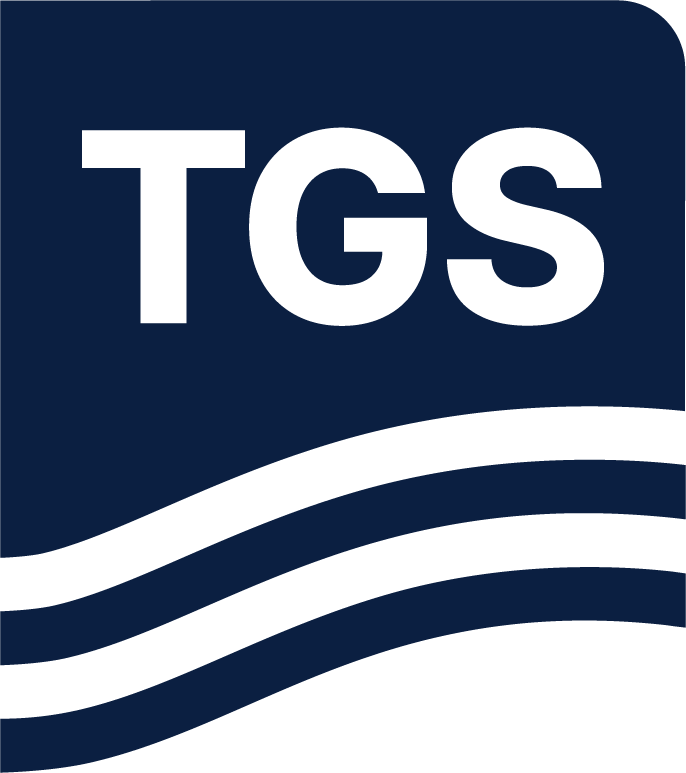First Published: GEO ExPro, December 2017
Abstract
The fabric of the Guinea Marginal Plateau is illustrated here using a 360 km-long line that runs south-west from the Sinapa diapirs to clip, at its far end, the south-east edge of the Outer High. Near the northern end of this line Sinapa encountered oil in Albian sandstones draped against a diapir. The source of the oil remains to be confirmed, but previous modeling by FEC indicated a Cenomanian and/or Albian origin. To the south-west, provisional interpretation shows agrading and prograding sequences building upwards and outwards. These developed within the older Jurassic, reminiscent in their form to those in the Tarfaya region of Morocco, and are beyond a deep domal rise positioned directly below the crest of the carbonate bank. Eastwards sloping progrades, located below an unconformity, suggest the bank’s crest here is a grainstone whose build-up was perhaps controlled by the rise of the deep structure. As such, it could be analogous in terms of its setting to the carbonates positioned above Domes Flore and Gea. The origin of the Outer High remains to be established. It could be a collapse structure or have been a delta, introduced from the south and located between the Guinea Marginal Plateau and the Demerara High of Suriname. Diapirs are suggested on some lines.n be modified to provide a more tailored reservoir characterization and inversion routine.
A new study reveals the plays and opportunities that abound in this exciting region
This article supplies the geological rationale for the review, at present being undertaken by First Exchange Corporation (FEC) in Houston and TGS in the UK, of the exploration potential of The Gambia, southern Senegal (Casamance), the AGC, Guinea-Bissau and Guinea (primarily north of the Guinea Fracture Zone). This work will complement the 2016 review by FEC of Senegal from Casamance northwards to the Mauritanian border, in which a new, oil-prone source of Lower Jurassic age was identified. The factors determining whether oil and gas would be found in deepwater wells were also established.

Following the giant heavy oil (11–13° API) discoveries in the Dome Flore and Dome Gea region of Casamance in the late 1960s/early 1970s, with estimated in-place volumes of 2 Bbo, followed by the 1975 discovery of world-class, oil-prone, mid-Cretaceous source rocks in DSDP boreholes 367 and 368, it was evident that the southern Mauritania-Senegal-Guinea-Bissau- Conakry (MSGBC) Basin should offer multiple opportunities for significant hydrocarbon discoveries. This potential began to be realized following the discovery of the oil and gas fields north-east of Dakar (Tullow and Fortesa) and, more recently, the Sinapa find (Premier Oil) in Guinea-Bissau. However, it was not until 2014 when the Cairn Group drilled their FAN-1 and SNE-1 discovery wells that the magnitude of this potential was confirmed. These successes were followed shortly afterwards by giant finds by Kosmos Energy, though these were of gas rather than the expected oil. The ongoing Guyanese discoveries by ExxonMobil lie on trend across the Atlantic. In 2012 Hyperdynamics discovered a sizeable residual oil accumulation on an Equatorial Atlantic trend in their Sabu-1 well in the far south-east of Guinea.
Read the full article here.

